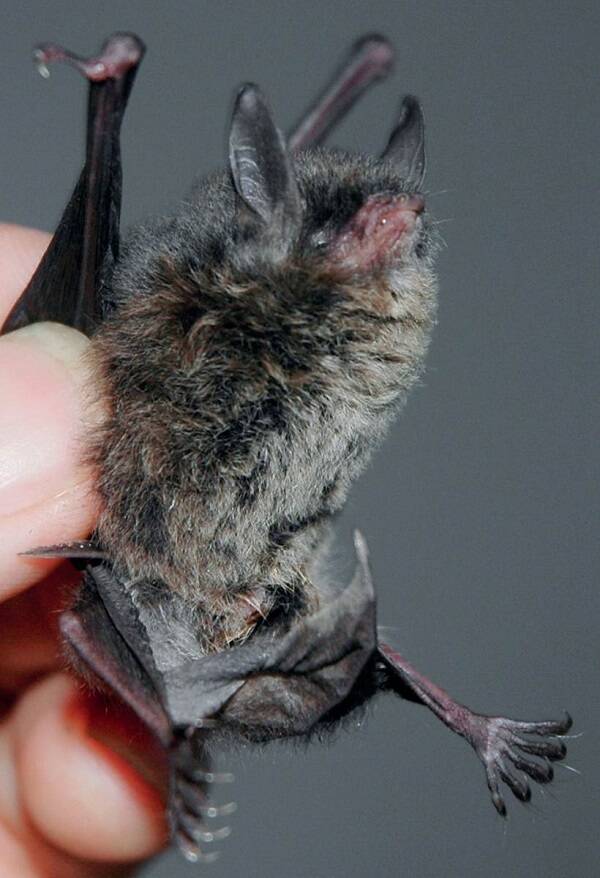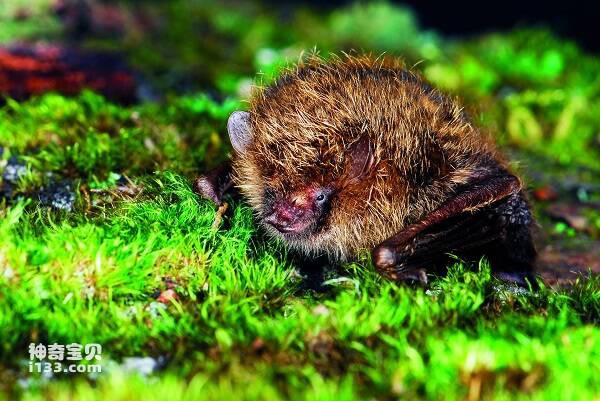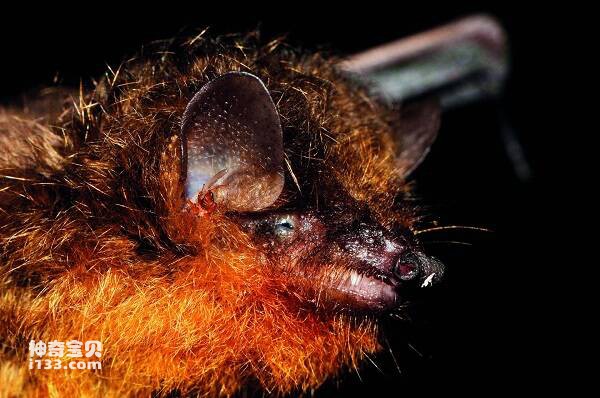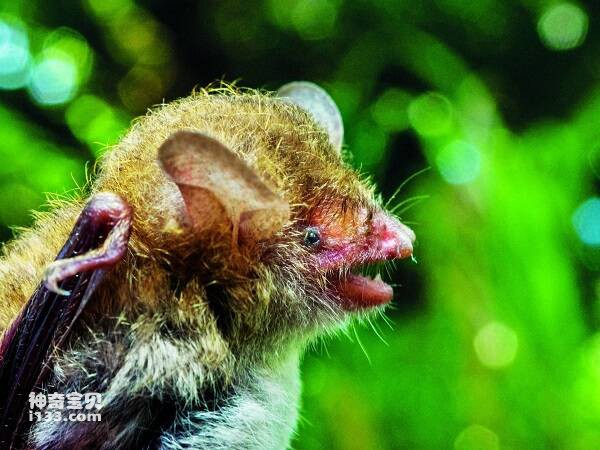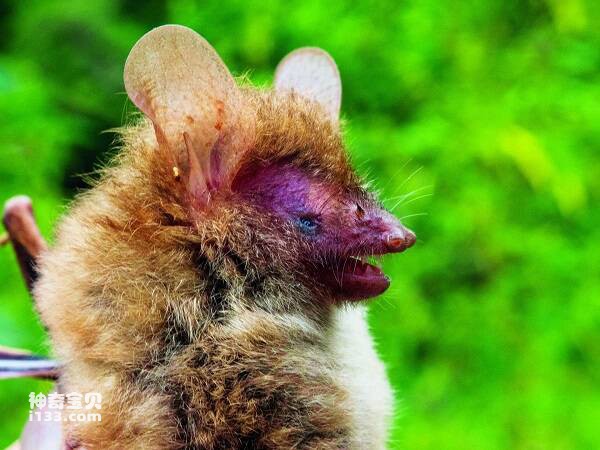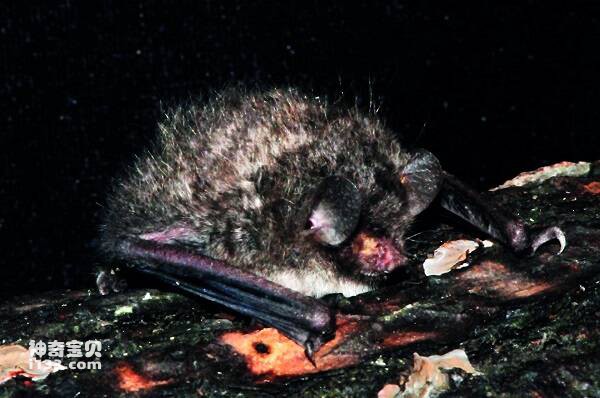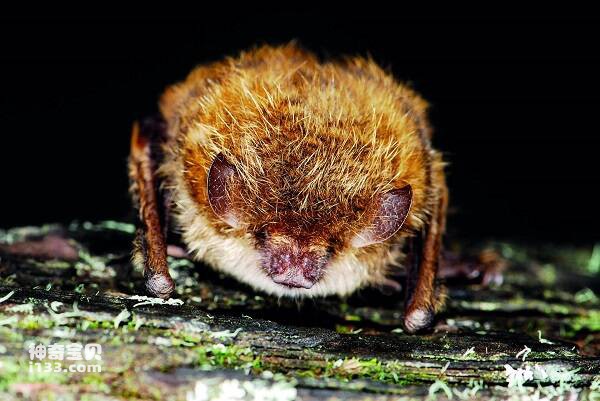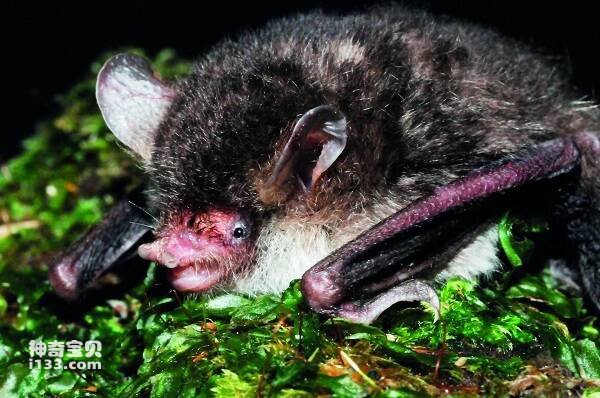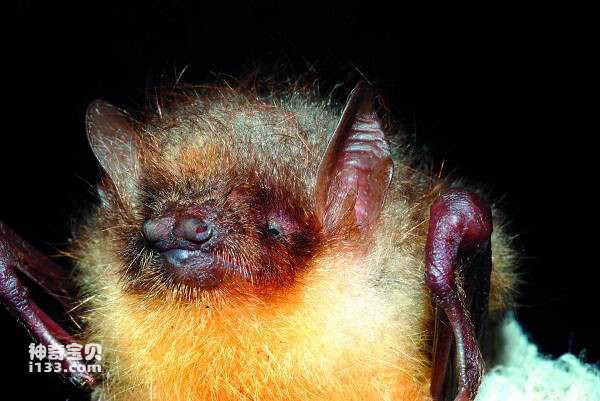Myotis fimbriatus
IUCN
LCBasic Information
Scientific classification
- name:Myotis fimbriatus
- Scientific Name:Myotis fimbriatus
- Outline:Chiroptera
- Family:Chiroptera Batidae Myotis
Vital signs
- length:
- Weight:
- lifetime:
Feature
Endemic species in China
Distribution and Habitat
In China, it is mainly distributed in Zhejiang, Jiangsu, Anhui, Jiangxi, Fujian, Guangxi, Guangdong, Hong Kong, Yunnan, Guizhou, Chongqing, Hunan and Shaanxi.
The hairy-legged Myotis bats inhabit mountain caves in subtropical broad-leaved forests. There are more shrubs and grass concealed around the hole, the tunnel is generally far-reaching, the cave is larger, the cave wall has more caves, the hole is often wet water, some parts dripping all year round.
Appearance
The body size is smaller. Head length 42-52mm, tail length 37-48mm, forearm length 37-40mm, hind foot length 8-10mm, tibia length 17-19mm. The hind foot is more than half the length of the tibia, and the outer tibia is hairy. The alar membrane is attached to the ankle, the ventral surface of the caudal membrane is covered with short hairs, and the outer edge of the caudal membrane is also covered with some short combs. The tail length is slightly shorter than the head length, and the ear length is close to the head length. The coat on the body is short and thick, the back is black brown gray, and the belly is grayish brown with a slight gray tinge. There are white spots at the base of the tail. The front of the skull is lower than that of the water myotis, and the third maxillary premolar is located in the dentition or slightly medial. Gear type: 2.1.3.3/3.1.3.3=38.
Details
There may be some confusion about the classification of hairy-legged Myotis bats. Different scholars have different classification views, and some scholars have proposed that this species is related to Myotis mysticinus (<Myotis mysticinus>), macrodactylus (<M. macrodactylus>), and long-finged Myotis capaccinii (<M. capaccinii> or <M. longipes). However, it is considered to be endemic to China and is a valid species. In the wild it is not easily distinguishable from the long-fingered Myotis bat (<M. longipes>). Although widely distributed, but few specimens, according to the current grasp of some new specimens, its body may be larger, some forearm length up to 44mm. It is cavity dwelling, clustered, and can mix with other myotis such as the South China Water Myotis (<M. laniger>). Likes to feed on the surface.
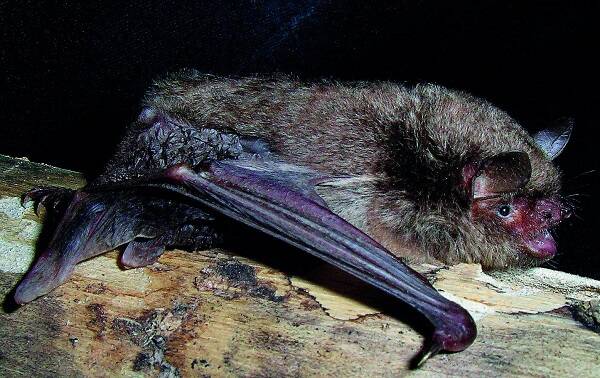
Hairy legged Myotis bats often hide in small groups or 3-5 individuals together, and there are also a few single individuals hanging on the cave wall, the habitat height is generally 2-3m. It has been seen living in a cave with broken winged bats, Rhinolophus lui, Rhinolophus pieteri, and great hoofed bats, and occasionally mixed with velvet Myoetis bats. It has a hibernation habit, entering hibernation in late November and coming out of sleep in mid to late March of the next year. In late February, when the room temperature is 8.2-9.2 ° C, the body temperature is 8.9-10.4 ° C. On the diet of flying insects, the gut length is about 3.66 times the body length (3.46-3.88).
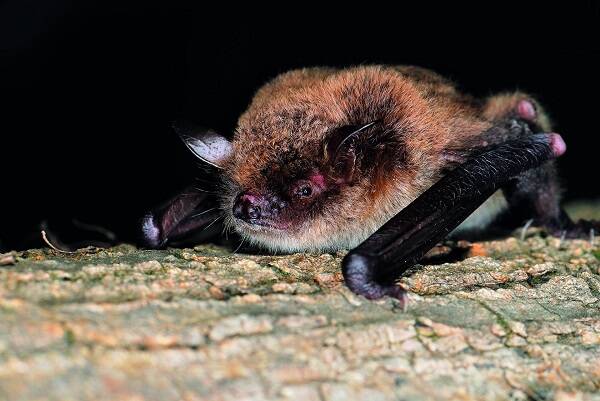
Myotis Myotis gives birth in early June, with 1 litter per litter. The newborn weighs about 2g, the eyes are not open, but the mouth is open to eat, the vitality is also strong, the young grow faster, and some of the young weight has reached 5g in mid-June.
The Hairy-legged Myoear bat is listed on the International Union for Conservation of Nature (IUCN) 2008 Red List of Threatened Species ver 3.1 - Not Threatened (LC).
